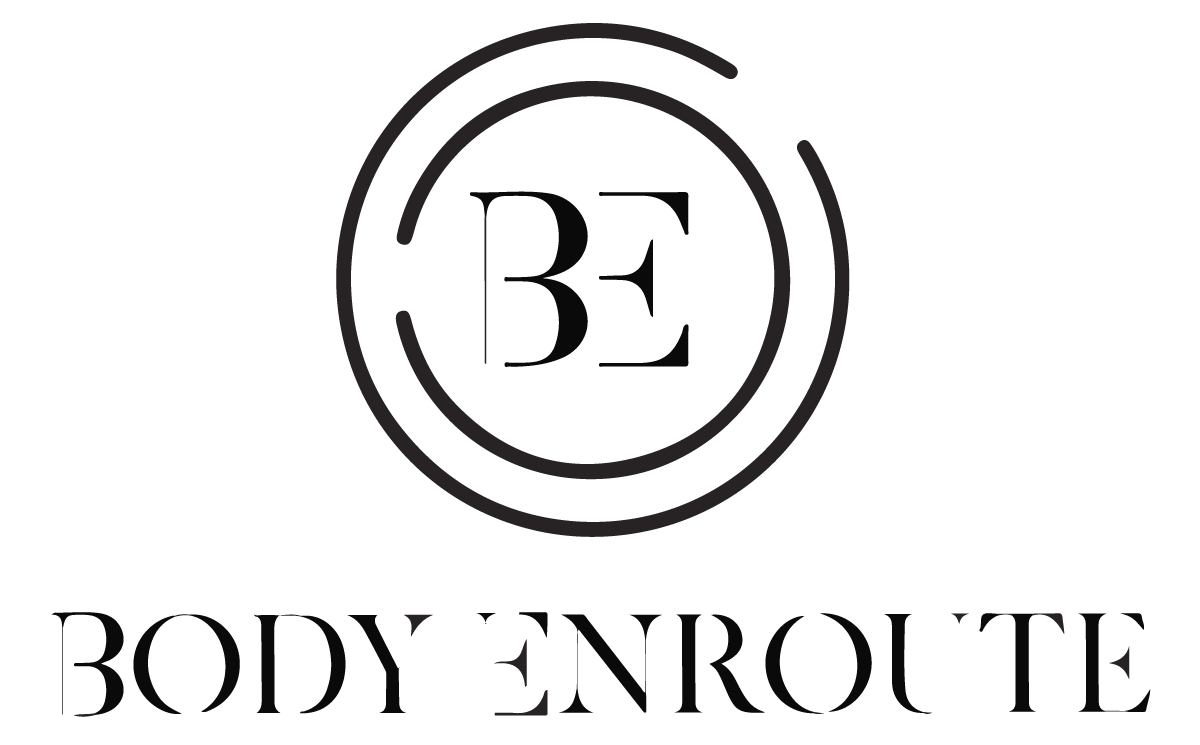5 tips on how to use a slant board while training
Keep Pain Away
I dealt with pre-plantar fasciitis the last month of my ultra training for a 50k and this slant board helped relieve calf tightness that was causing tension on my plantar.
Making sure you place one or both legs on the slant board with full contact is key! You can either have no support or if you are like me and have tight calves it is best to have a wall in front of you so you can lean into the slant board and also have the wall for support.
You want to start with a slight lean and then gradually work your way into more of a lean so you feel a good stretch on those calves.
2. Injury Rehab
I wish I started this earlier honestly. I needed to be stretching my calves every day for the training I was doing. So instead this turned into rehab of the calf and foot and then keeping the pain away.
So if you have tight calves this is PERFECT for you! I also used the tib bar guy with weights.
3. Single-Leg Strength aka Unilateral Strength
Strength was another factor when training for my ultra. You use so much single-leg strength when running. You are basically transferring weight from one leg to the other for hours. So using the slant board helped keep my knees strong!
4. Flexibility & ROM (range of motion)
Maintaining the range of motion of your ankle for running is SO important. I did work on this but I was really able to fine-tune it with the slant board and make sure I kept a good amount of ankle mobility throughout training with this tool.
I even measured the angle of my shin to the ground to make sure I was able to keep my ROM.
5. Happy Knees & Ankles
I was honestly worried about having knee pain while I trained for this ultra and I didn’t have ANY! From having a history of knee issues to being able to train for a 50k was truly amazing and I will keep up with the slant board from now on!
USE CODE: BODYENROUTE15 for a discount on yours!!!
Besos,
Coach Jos
